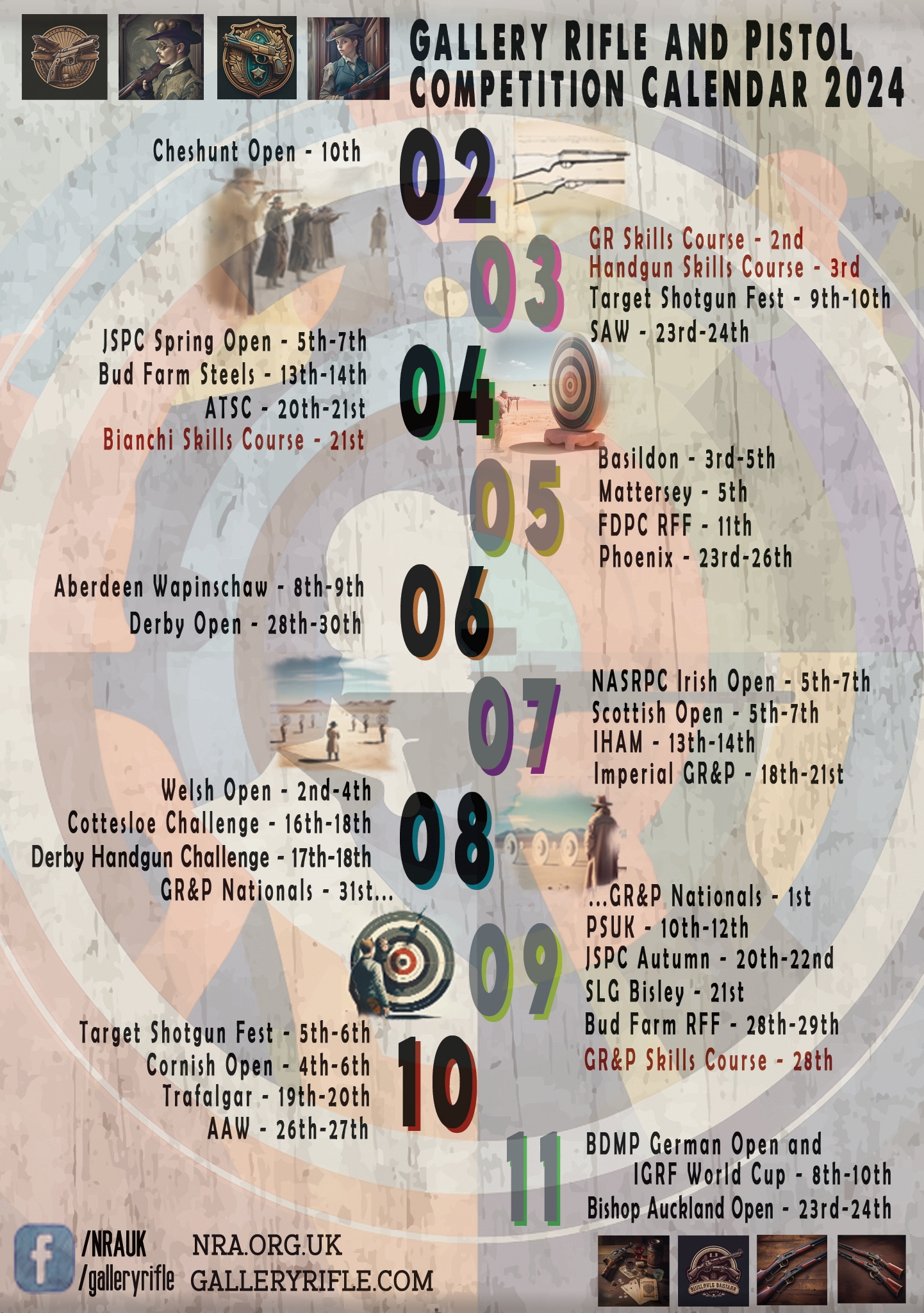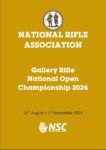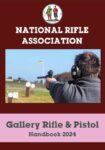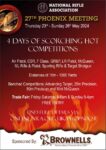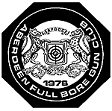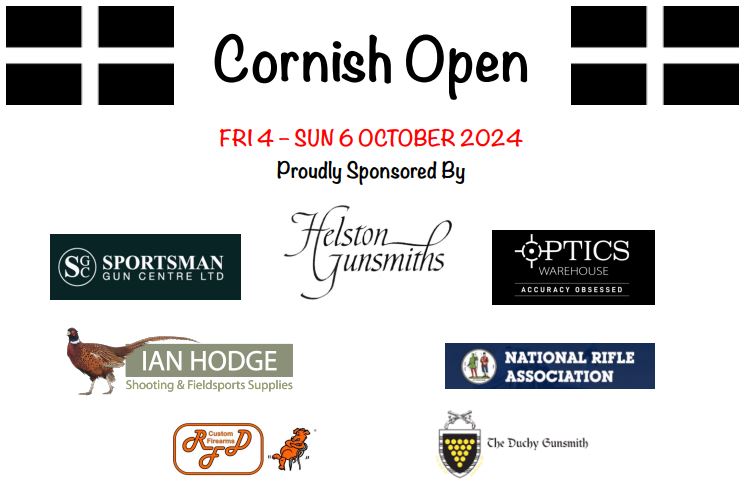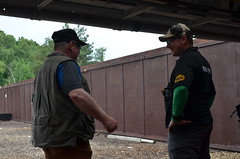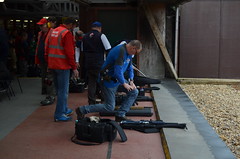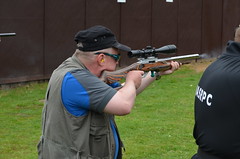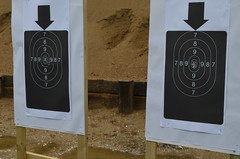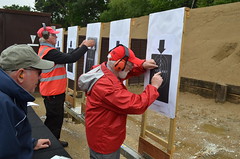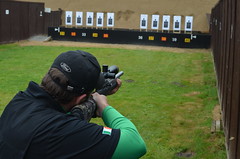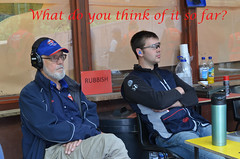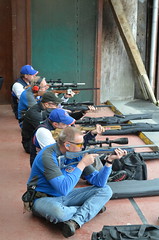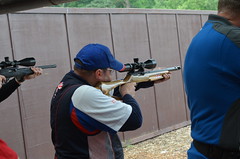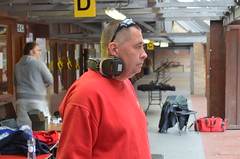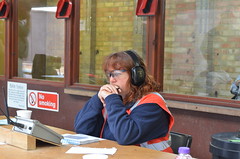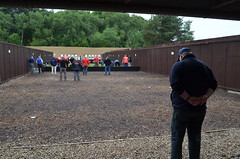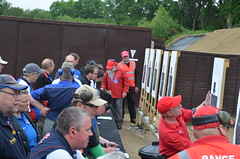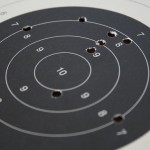Use of Barricades – Support and Foot Fault lines?
One area of clarification which is often asked of your friendly RO on the line is whether the barricade can be used for support – to lean on. In some cases it can but a related question usually follows regarding where the foot fault line is as well. This only applies to LBRs and LBPs so rifle shooters at this point can stand down.
Barricades (posts) are used in the following competitions:
Potential uses are indicated in the sketches below. Essentially if a strict foot fault line is specified an imaginary line projects perpendicular to the firing line backwards. The competitor’s feet (as indicated below but equally applies to any other part of their lower body) much not traverse the leading edge of that line.

For the events listed above each is subtly different so this post is an attempt to clarify or solicit opinion on how to obtain consistency.
The easy one is the 1500 – its mostly defined. Event specific procedural penalties (PP53 current GR&P Booklet) states:
c. For LBP and LBR, when using the barricade, allowing any part of
a foot to extend over the foot fault line extending to the rear of the
barricade at 90 degrees to the firing line. In the left hand barricade position, no part of the foot may extend to the left of the foot fault line and vice versa.
This specifically mentions a foot but the intent for cover and support is already there. A simple rewording of the above to “… allowing any part of the foot, knee or leg to extend over the foot fault line…” will make this clearer. The 1500 also allows the barricade to be used in the kneeling position at 50m. The fault line will again be clearly defined.
For T&P2 and T&P3 the courses of fire do not mention foot fault lines when using the barricade. Additionally T&P2 does not mention use of the barricade in the kneeling position at 50m. To strive for consistency the following amendments are proposed:
T&P2:
Add to Procedural Penalties – event specific:
c. For LBP and LBR, when using the barricade, allowing any part of a foot, knee or leg to extend over the foot fault line extending to the rear of the barricade at 90 degrees to the firing line. In the left hand barricade position, no part of the foot may extend to the left of the foot fault line and vice versa.
T&P3
Add to Procedural Penalties – event specific:
c. For LBP and LBR, when using the barricade, allowing any part of a foot, knee or leg to extend over the foot fault line extending to the rear of the barricade at 90 degrees to the firing line. In the left hand barricade position, no part of the foot may extend to the left of the foot fault line and vice versa.
As usual comments are welcome……
